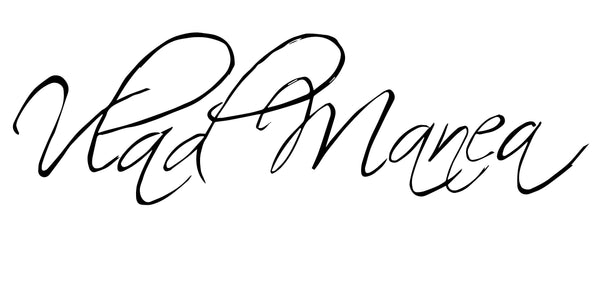Where to Color Grade Photos: The Best Tools for Every Skill Level
Share
If you’re just getting started with editing, one of the first questions you might ask is:
Where do I actually color grade photos? What software should I use?
There’s no shortage of tools out there—but the best one for you depends on your goals, skill level, and workflow. In this post, we’ll walk through the top options for color grading photos—whether you’re on desktop, mobile, or just starting out.
1. Lightroom (Desktop & Mobile)
Best for: Beginners to pros who want full control with a simple workflow
Lightroom is one of the most popular tools for photo editing—and for good reason.
It has:
Powerful color grading wheels
Tone curve and HSL panels
Advanced masking tools
Sync and preset features for batch grading
Lightroom Mobile also brings many of these tools to your phone, making it great for on-the-go editing. If you want full control over your color but an intuitive interface, Lightroom is a solid choice.
2. Adobe Photoshop
Best for: Precision grading and composite work
Photoshop gives you even more flexibility with:
Adjustment layers (Curves, Color Balance, Selective Color)
Blending modes
Masks for advanced color targeting
LUT support
If you already use Photoshop for retouching, it’s a great place to build your color grading workflow.
3. Capture One
Best for: Professional photographers who prioritize image quality
Capture One offers:
Exceptional color tools
Skin tone grading
Layers and masks built directly into the workflow
Tethered shooting and fast performance with RAW files
It's especially popular among studio and commercial photographers.
4. Mobile Apps (Free & Paid)
If you're editing directly from your phone, here are some solid mobile-friendly options:
Lightroom Mobile (as mentioned above)
VSCO (great presets + HSL control)
Snapseed (free with masking tools)
Darkroom (iOS-only, powerful for quick grading)
These apps make it easy to apply stylized color grading quickly, even if you’re new to editing.
5. Online Editors
For casual users or quick edits without software installs:
Canva Photo Editor: Simple HSL and filters
Pixlr: Lightweight with curves and tone adjustments
Fotor or Photopea: Basic color tools in-browser
Not ideal for professional work, but fine for quick jobs or experimenting with looks.
Which One Should You Use?
If you’re serious about learning how to color grade, start with Lightroom. It strikes the perfect balance between creative freedom and ease of use.
From there, you can expand into Photoshop or other tools depending on your needs.
If you're looking to learn how to color grade, I have a manual for that here.
